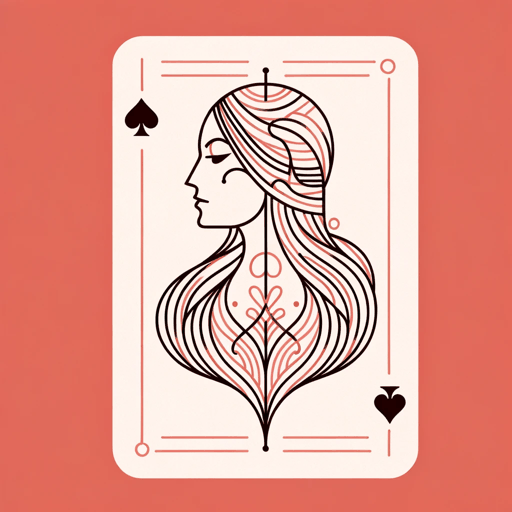21 pages • 42 minutes read
Alexander PushkinThe Bronze Horseman
Fiction | Poem | Adult | Published in 1841A modern alternative to SparkNotes and CliffsNotes, SuperSummary offers high-quality Study Guides with detailed chapter summaries and analysis of major themes, characters, and more.
Background
Historical context
The figure of Peter the Great (1682-1725) looms large in Russian history because as tsar, Peter was a radical reformer who wanted to transform Russia, which had fallen behind in its development, into a great, Westernized nation. Implementing his ideas often required force in the face of entrenched opposition, but during his reign, Peter managed to strengthen the Russian navy, reorganize the army, and secularize the schools. He developed commerce, industry, and technology. He also won new territory for Russia in Estonia, Latvia, and Finland, and was victorious in wars against Turkey and Sweden.
One of Peter’s greatest achievements is the founding of Saint Petersburg. In 1703, Peter founded the city on swampland near the mouth of the Neva River, a large enterprise that required enormous manpower to cope with harsh and unforgiving conditions; tens of thousands serfs, conscripts, and prisoners died during construction. The poem highlights the contrast between Peter’s majestic vision of a sublime city and the impersonally destructive nature of making that vision a reality.
The Bronze Horseman, a monument to Peter the Great, was built in 1782 on the orders of his widow and ruler after his death, Empress Catherine the Great, who ruled Russia from 1762 to 1796.
Related Titles
By Alexander Pushkin





